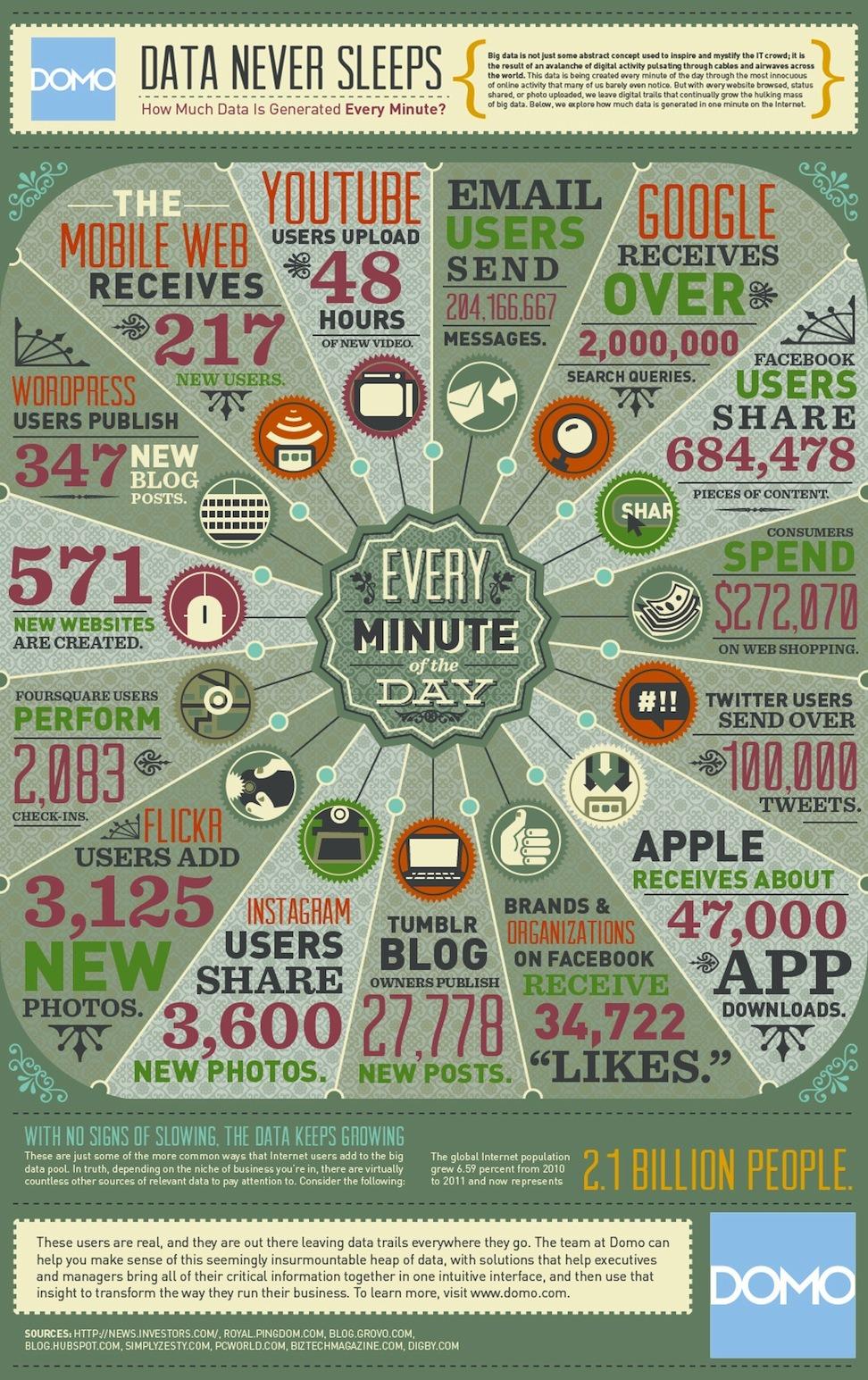Sales is the backbone of any organization. Wouldn’t it be great if you had loads of people generating
new leads for you and even making sales on your behalf? You have a hidden,
powerful sales team already with you who can potentially generate leads for you
and this team includes your clients,
colleagues, business associates, friends, and family. And every one of them
could be a great referral source—if you have proactive, disciplined, measurable
referral system .so referral sales is a technique which can be used for
generating the leads more easily. Referrals are your biggest competitive
differentiator, Here's what it takes to create a referral program that enables
you to convert prospects into clients:
Make it a priority
Referral selling requires laser-like focus, commitment, and
determination (just like anything else that's important to you). It becomes
your primary business-development outreach. Asking for referrals is proactive
and intentional. You put a stake in the ground and commit to referral selling.
You implement essential processes and enroll your entire company in the effort.
Integrate it into the sales process
Getting referrals should not be a bonus. It becomes the way
we work—an integral part of our daily routines. Start by documenting your
current sales process. Keep it simple, and get your team to agree on the major
steps. Then integrate asking for referrals into your sales process (i.e., when
and how you will ask).
Create metrics
Decide what makes sense to measure—something easy to
quantify and that will indicate your referral initiative is successful. You
might set metrics around revenue generated from referrals, the number of new
customers, the number of referral meetings set each week or month, the number
of qualified opportunities that come from referrals (with revenue attached), or
even new markets that you expand into because of referral opportunities.
Develop the skill
We often assume that asking for referrals is easy. It's
simple, but it's not easy. Referral selling is a series of building blocks. The
first step is gaining clarity on the business results you deliver and exactly
who you want to meet. Most people won't refer you just because you're a nice
person. Their reputations are on the line, so they want a concrete business
reason to refer you (just as you would if asked to refer someone in your network).
Become comfortable
Most of us aren’t completely comfortable asking for
referrals. We worry that it's pushy and intrusive to ask busy people for
referral introductions. And sometimes we fear asking for help implies we’re
desperate or can’t do it on our own (not cool in our independent, driven
society).
Asking for referrals isn’t pushy, nor is it a nuisance to
those who believe your solution is valuable. We give referrals all the
time—often without being asked. We tell people about terrific restaurants we’ve
discovered, exciting books or movies, mechanics who got our cars working and
didn’t overcharge, spas where we’ve had great experiences, or anything else
we’ve enjoyed. It’s in our DNA to share great finds.
Are you ready to commit to referral selling, get every
meeting at the level that counts, and boot your competition? Start by making
referral selling your No. 1 priority. Without that commitment, nothing else
matters. It takes a little work, but the results are worth the effort.
To learn more about the power of referral selling, stay
tuned for more posts and check out my No More Cold Calling webinar for five referral-selling tips


